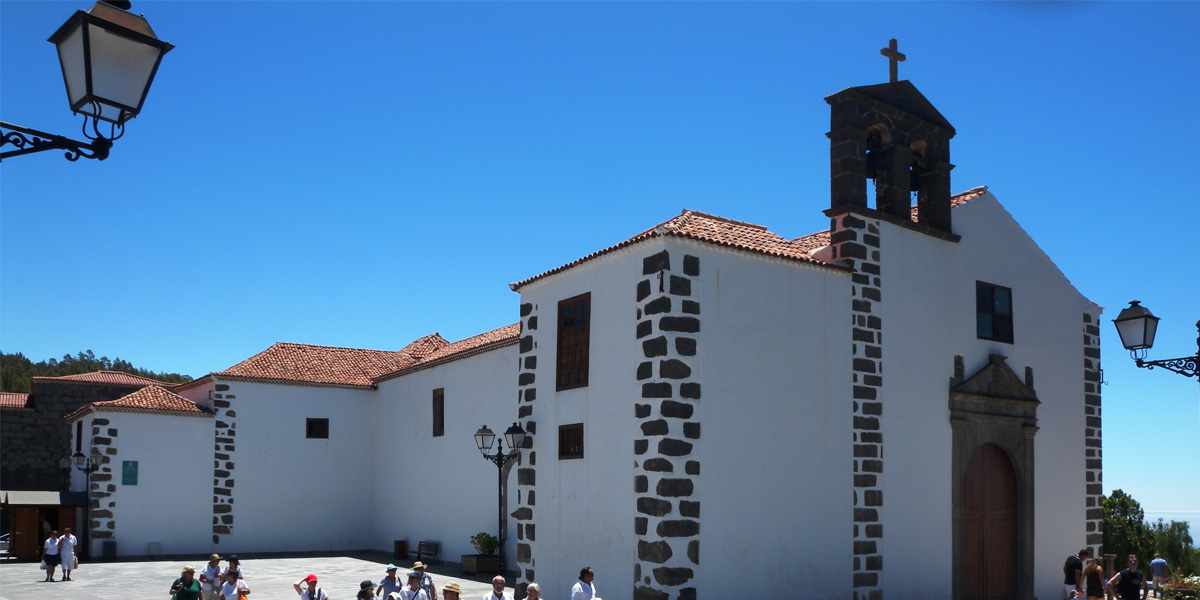




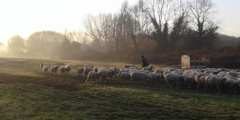
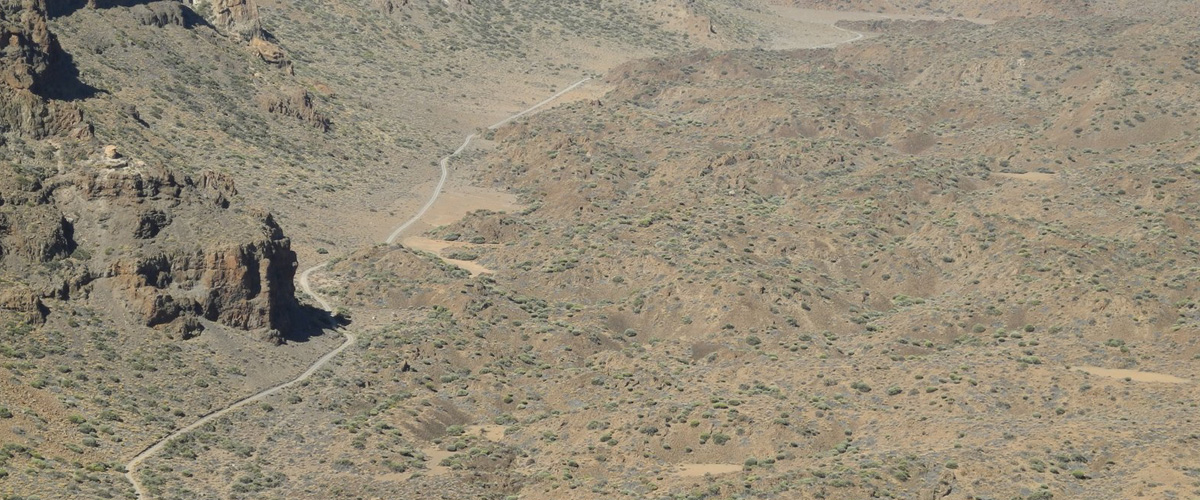

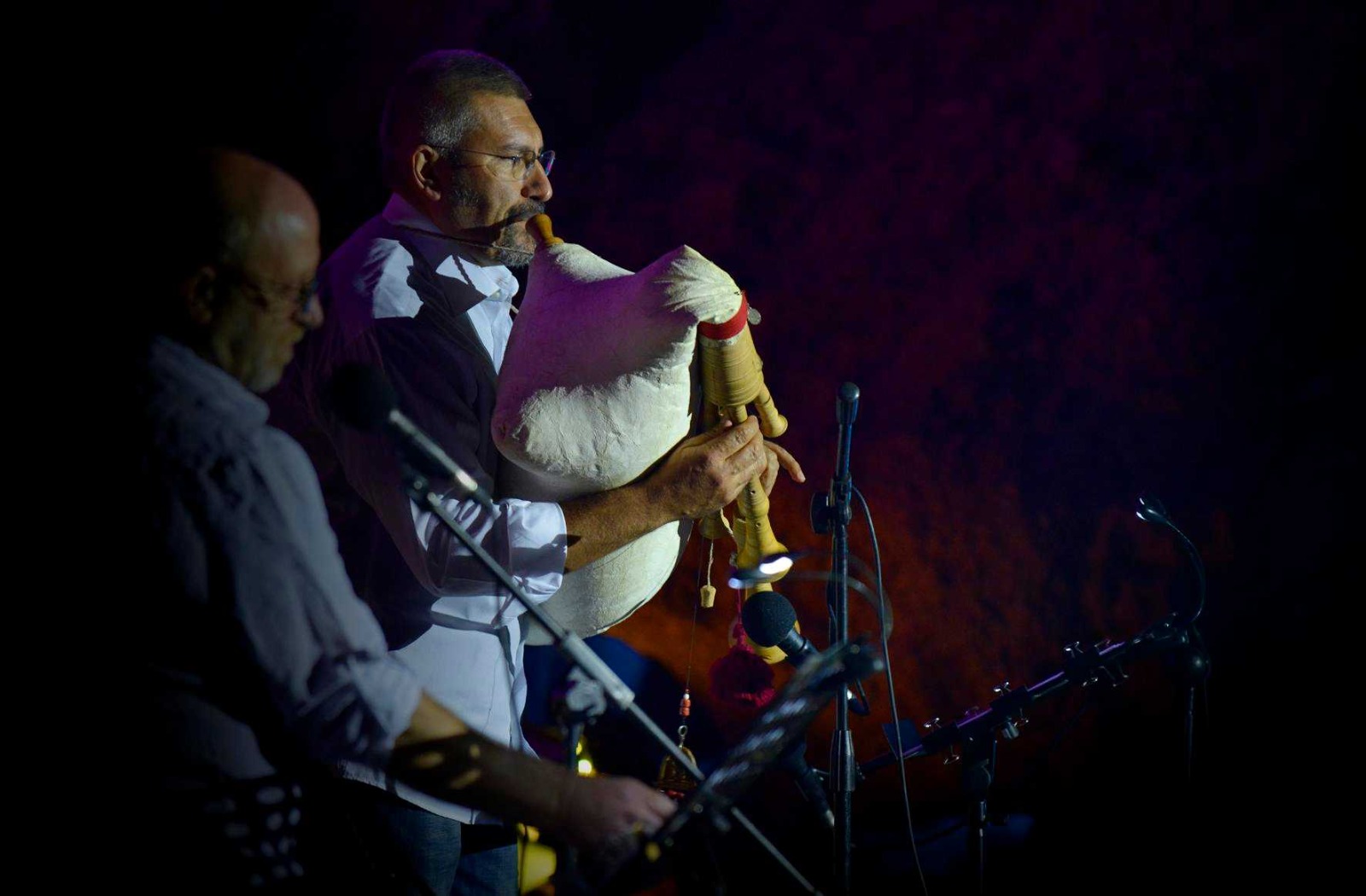
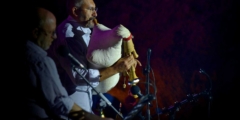
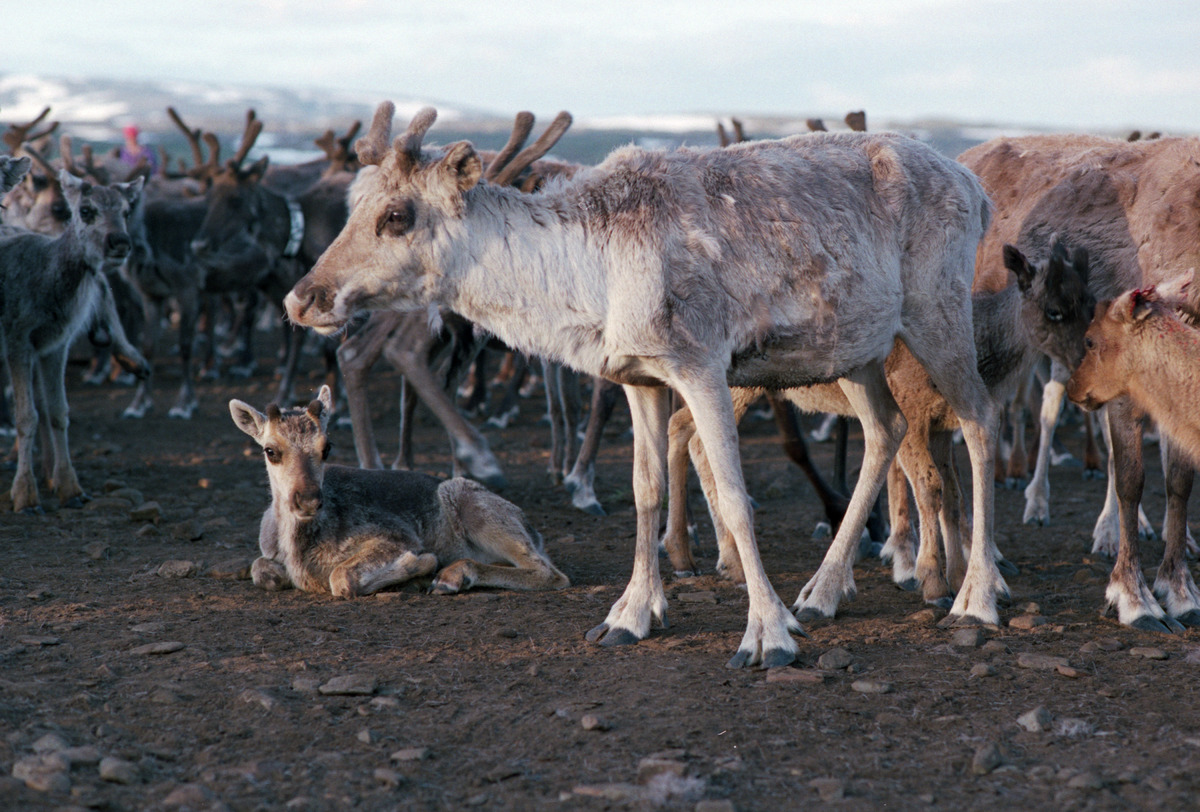

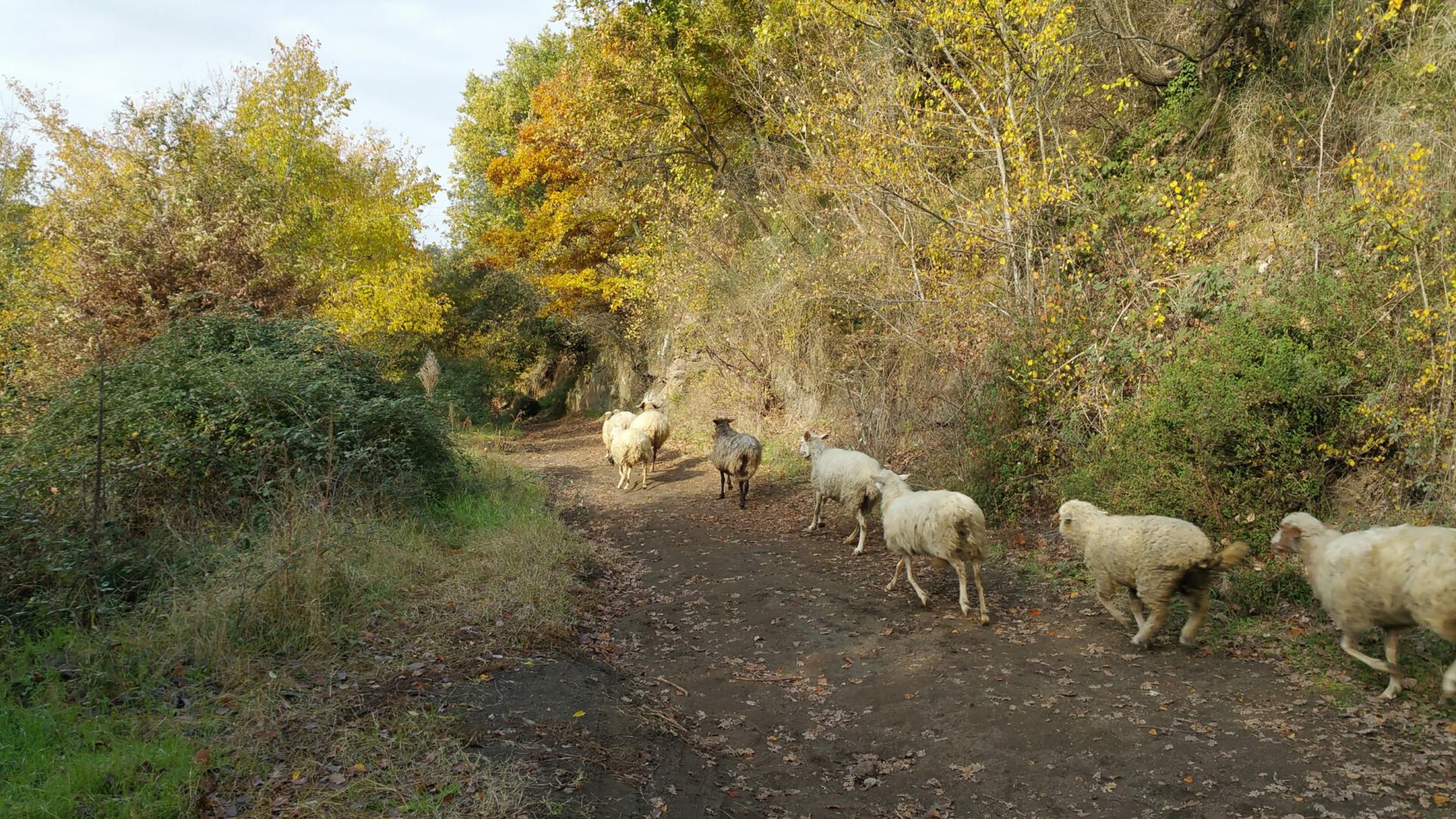
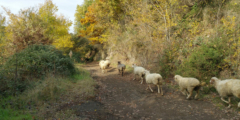

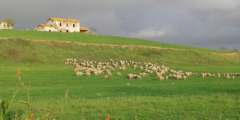

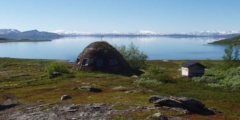
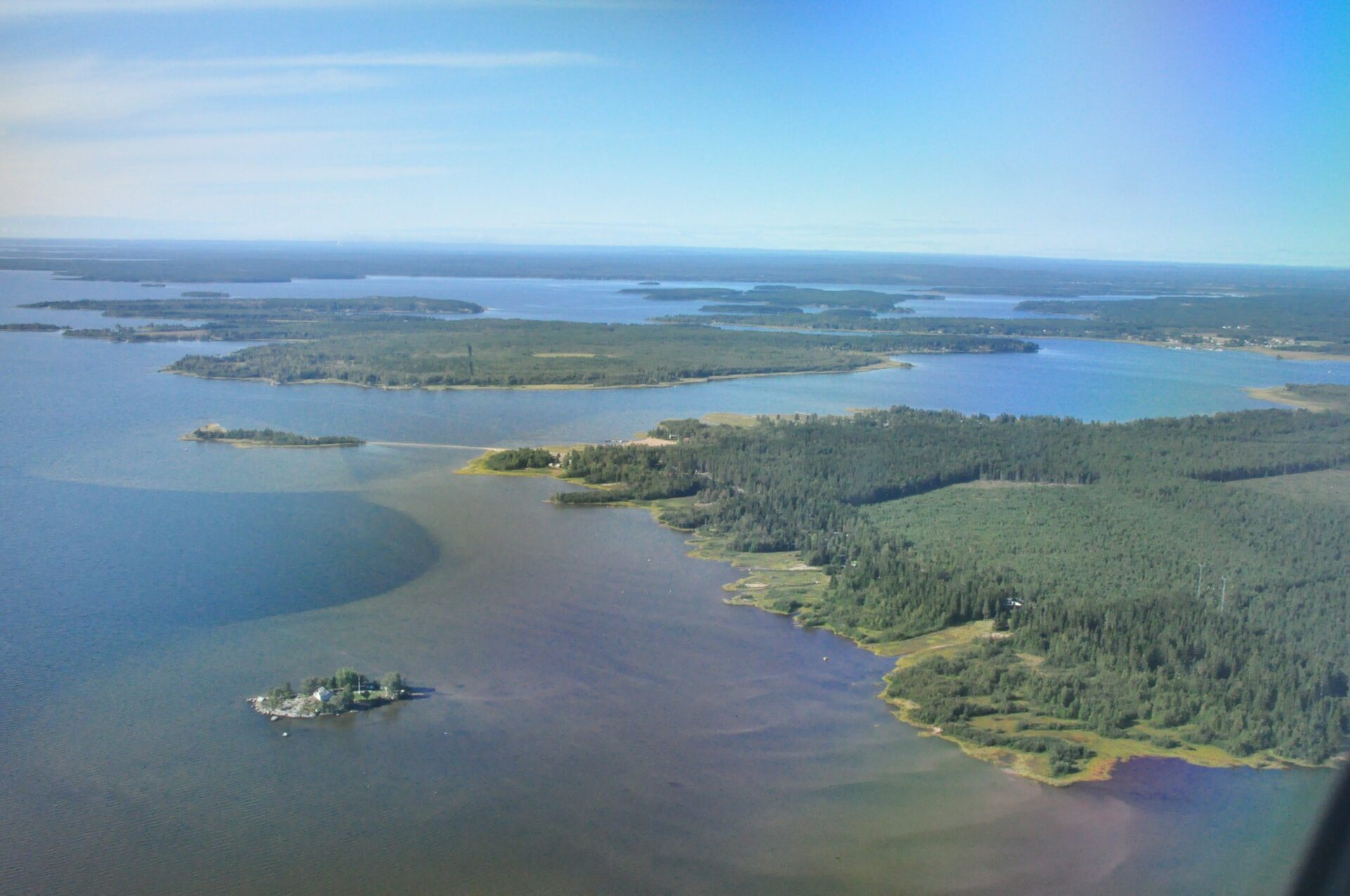



Les routes de transhumance constituent un véritable patrimoine culturel européen commun qui unit les pays du nord et du sud depuis des millénaires.
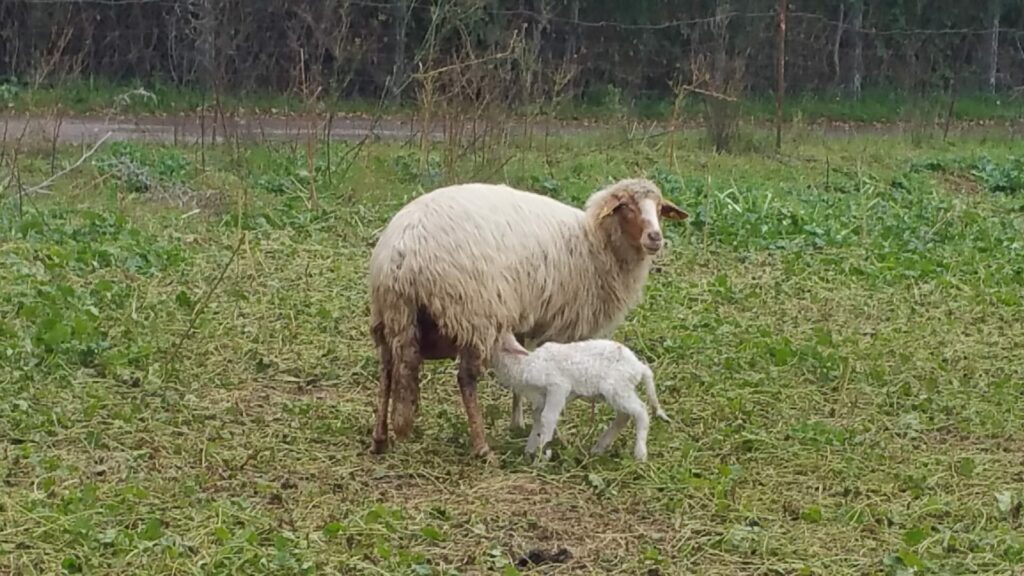
Objectifs de l'association TTRR
L’initiative vise à promouvoir l’identité et l’intégration européenne en faisant connaître les itinéraires de transhumance en tant qu’héritage culturel commun. L’intention est de créer un réseau de liens culturels entre des itinéraires ayant une histoire similaire, en préservant et en réinventant un paysage culturel de pâturages et de prairies produit au cours des millénaires par l’interaction constante entre l’homme et la nature.
Les traditions et les aspects fonctionnels d’un mode de vie pastoral favorisent la prise de conscience de nos racines culturelles communes et devraient être préservés et/ou réinventés pour sauvegarder son savoir-faire traditionnel. L’initiative encouragera des activités complémentaires au pastoralisme traditionnel, telles que le tourisme durable et créatif, les activités éducatives et thérapeutiques liées à l’interaction entre l’homme et l’animal.
Enfin, les initiatives culturelles internationales constituent le meilleur moyen de favoriser et de mettre en œuvre l’intégration européenne, en sensibilisant aux racines culturelles partagées, fondamentales pour une identité commune.

Cadre d'activité principal de la TTRR
“Pistes de transhumance et chemins ruraux. Un réseau européen d’itinéraires traditionnels” a été lancé en 2016 en tant qu’initiative de recherche internationale et multidisciplinaire issue de trois systèmes de transhumance, montrant la diversité existante de l’Europe du Nord à sa région la plus méridionale et incluant trois nations, la Suède, l’Italie et l’Espagne. Les domaines de recherche sont les suivants:
- la transhumance ou le semi-nomadisme des rennes à Sapmi, en Suède.
- la transhumance méditerranéenne des ovins et des bovins en Italie.
- le système d'élevage caprin dans les îles volcaniques des Canaries, en Espagne.
TTRR association is open to Institutions that studies Transhumance in all the multi-disciplinary aspects envolved and also to Entities that manage territory in which the main line, the route and the trail-tracks lie

What is Transhumance
Transhumance is a specialized and complex form of animal breeding which uses the climatic and geographical complementary situation between mountains and close-lying coastal land in order to gain optimal grazing all year round. It is a global phenomenon that has been practiced since man started taming ruminant animals such as sheep, goat, reindeer, horse, cattle. The movements of men and herds resulted in a net of codified trails, many of which are still used today, often converted into important highways linking distant regions.
Transhumance routes constitute a true common European cultural heritage which unites the northern and southern countries from their earliest forms of civilized life. They have created a cultural landscape of pastures, meadows, fords, and springs as well as a mental landscape of stories, myths, ideologies, and mentalities, deeply rooted in our collective memory and expressed in art, literature, music and consumption during millennia.
In some parts of Europe the transhumance has already disappeared as an economic sector, in others parts it is still alive. The recovery and reinvention of historical trails and rural roads is a matter of great concern for landscape protection and evaluation.

Statute of the TTRR Association
The Association Transhumance Trails and Rural Roads (Asociación Vías de Trashumancia y Caminos Rurales) is an international association, open to the integration of other regions, cities, municipalities, institutions and organizations, which request it, identify themselves with the objectives of the Association and meet the requirements decided by the ‘General Assembly.
The Association aims to promote and spread transhumance, as defined by the National Rural Network in the White Paper on Transhumance, which defines the “traditional itinerary of transhumance”. In this way the association will generate a quality cultural and tourist offer, with the aim of developing the territories where the different itineraries are located.

